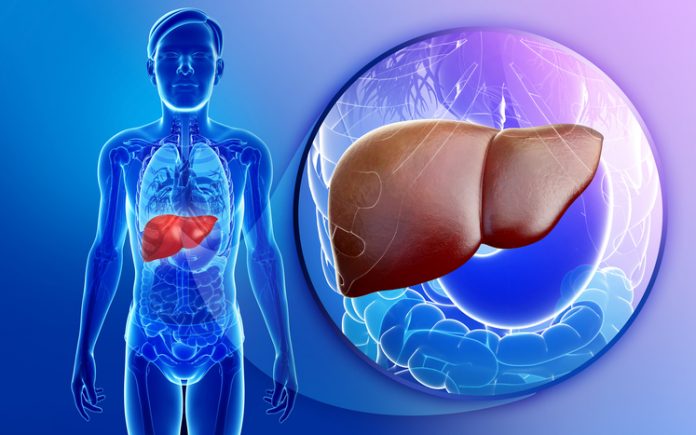
Researchers have developed a model to evaluate gene therapy using a whole human liver, which could help create novel viral vectors for next-generation treatments.
The development of the human liver ex situ normothermic perfusion model broadens the repertoire of preclinical models available to assess tools for delivering gene therapies.
It could allow safety and targeting to be evaluated more effectively, minimize the use of animals, and drive the development of new treatments for advanced liver disease.
The findings are published in the journal Nature Communications.
Senior study author Leszek Lisowski, PhD, an associate professor at the translational vectorology research unit of the Children’s Medical Research Institute in Sydney, said that the new advanced model was a game changer.
He explained that it would not only drive the functional evaluation of novel therapeutics, but would also allow their effective dose to be more accurately estimated and help identify potentially toxic side effects.
“This is very exciting for us because now, for the first time, we can assess the function of gene therapeutics directly in the clinical target organ itself—the human liver,” he said.
“This is important because the current generation of viral vectors we use to deliver gene therapeutics to the liver are not good enough for the majority of clinical applications.
“At the moment we often have to use these therapies in high doses to overcome their functional inefficiencies and achieve clinical benefit.”
Developing clinically predictive models for evaluating gene transfer and gene editing is becoming increasingly important with personalized medicine, say the researchers.
Many delivery systems involve the use of the adeno-associated virus (AAV) as a means of replacing or repairing faulty genes.
Last year, Lisowski’s research unit developed the normothermic liver perfusion system as a novel means of keeping this major organ alive outside the body when it could not be used for transplantation.
The model involved a human organ perfused with human blood and maintained at body temperature to create an accurate approximation of its setting in human physiology.
The researchers now tested the potential of this model to assess how AAV-based therapeutics could affect the human liver, which presents a unique challenge for gene therapies due to its complexity.
They used two whole human livers unsuitable for transplantation perfused with human blood to perform a functional evaluation of 14 natural and bioengineered AAV vectors in the presence or absence of neutralizing antibodies.
The model performed favorably against the same vector mix in commonly used animal liver preclinical models.
“As we venture further into the era of personalized medicine, the challenge of developing clinically predictive model systems for evaluating gene transfer and gene editing technologies presents a critical hurdle,” the researchers report.
“The ideal model system should not only accurately mimic human physiological conditions and intricate tissue organization, but also reliably predict clinical outcomes.”
They maintain that their human liver explant model offers an exceptional opportunity to study AAV vector function in a model that closely recapitulates human conditions.
“This model, with time, has the potential to lead to the development of the next-generation human liver-targeted (and human liver de-targeted) AAV variants, starting a new era of potentially successful gene therapy liver-directed clinical trials.”













